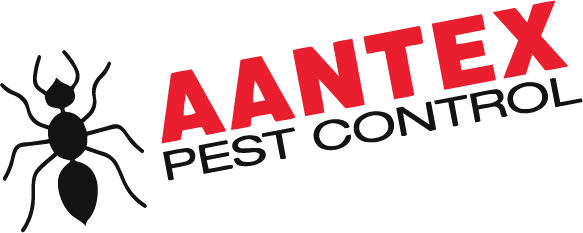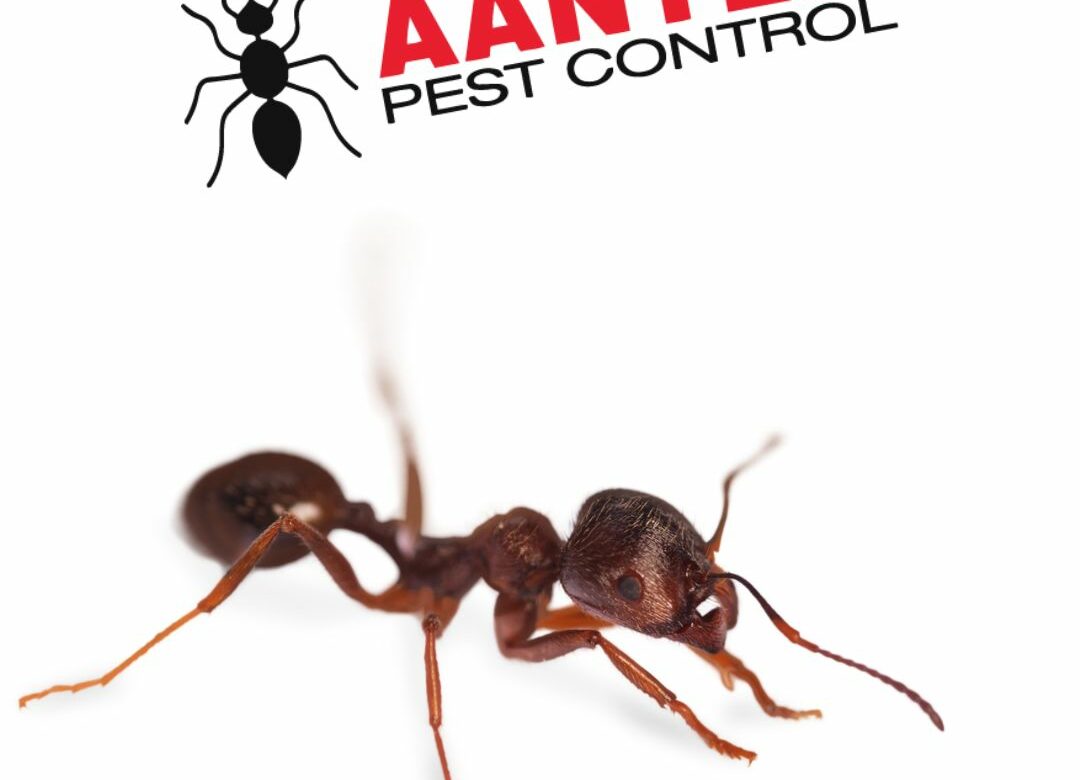Welcome to the season of rebirth and rejuvenation! March in Northern California is about far more than just the first blossoms and the emerging sunlight—it’s also prime time for a subtle invasion happening right within the confines of your home. Pests are rousing from their winter slumber, and unless you’re prepared, you could find your sanctuary is their next harbor.
Homeowners in Northern California often find themselves face-to-face with a variety of pests common to this time of year. From the dreaded termite swarmers to the insidious bedbugs, each requires a different approach to control and prevention. This comprehensive guide will equip you with not just the knowledge to identify these pests but also the strategies to keep them at bay.
Identifying the Usual Suspects
Ants
As the weather warms, ant colonies begin to stir, with worker ants scouring for food to nourish the expanding young population. Northern California is no stranger to a variety of ant species; the most common pests include Argentine ants, pavement ants, and odorous house ants. These tiny invaders can infiltrate your kitchen pantry with ease, making them one of the most common pests to encounter in March.
Spiders
While many spiders are actually beneficial to have around for natural insect control, some species—including the infamous black widow and the hobo spider—pose real hazards to human health. Keeping an eye out for their telltale webs and nest-like clusters in dark, undisturbed areas of your home is essential for early detection and management.
Termites
Observed most frequently on warm, balmy evenings, termite swarmers are the harbingers of a termite infestation. These winged adults are actually reproductive termites, emerging to establish new colonies. If you spot these insects, it’s crucial to seek professional help immediately as termites can cause serious structural damage to homes.
Bedbugs
Contrary to their name, bedbugs are not exclusive to beds but are capable of infesting various locations throughout a home. Their flat, reddish-brown bodies allow them to hide in tiny crevices, making them difficult to detect. Signs of bedbug infestation include small bites on the skin, bloodstains on sheets, and dark droppings on mattresses.
Prevention Strategies
The best defense against pests is a good offense. Here are several strategies to prevent these common March pests from making a home invasion.
Seal Entry Points
Ants and spiders can wriggle through the tiniest openings. Walk the perimeter of your home and seal any cracks with silicone or caulk. Keep an especially close eye on areas where utility pipes enter, as well as window and door frames.
Maintain Landscaping
Overhanging branches and shrubs are natural bridges for pests to access your home. Keep a well-maintained gap between your landscaping and the walls of your house. Additionally, consider trimming back foliage and removing any dead organic matter from around your yard.
Remove Food and Water Sources
Pests are primarily attracted to your home by the promise of food and shelter. Keep kitchen areas clean, store food in airtight containers, and promptly address any plumbing leaks. The absence of these attractants will deter many would-be invaders.
Declutter Regularly
Piles of newspapers, magazines, and boxes can serve as both comfortable hiding places and sources of food for pests like spiders. Regularly declutter and keep areas of the home well-ventilated and dry to discourage infestations.
Eradication and Control
If pests have already gained a foothold, swift and targeted action is essential to control the situation.
Professional Pest Control
In the case of termite swarms or established ant colonies, professional pest control services are often the most reliable solution. Pest control experts have the knowledge and access to specialized products that are both safe and effective at eliminating pests.
DIY Solutions
For spiders and minor ant infestations, a variety of over-the-counter pest control products can be used. Be sure to read and follow all safety instructions on the labels of these products, and if in doubt, reach out to a professional.
Vigilance with Bedbugs
If bedbugs are suspected, experts recommend an immediate consultation with a professional. Attempting to eradicate bedbugs without knowledge or experience can worsen the infestation by causing the bugs to scatter throughout the home.
Long-term Strategies for an Ongoing Battle
The fight against pests is not a one-time event. A long-term strategy for preventing infestations is the best way to protect your home year-round.
Regular Inspections
Get into the habit of conducting regular inspections throughout your home. Look for signs of pests, damage, or areas that could become potential entry points.
Educate and Empower
Knowledge is power when it comes to pest control. Stay informed about the pests common to your area and be proactive about learning and sharing information on prevention. Understanding the basic biology and behavior of pests can make a world of difference in your ability to control them.
The arrival of spring in Northern California is a time of renewal and growth. However, with the emergence of warmer weather, it also brings about an uptick in pest activity. By staying vigilant, informed, and proactive, you can protect your home from the most common March pests. Remember, the key to effective pest management is understanding that it’s not just about the products you use, but also the habits and practices you adopt. Happy pest-proofing, and may your home remain your peaceful domain throughout the season and beyond.

